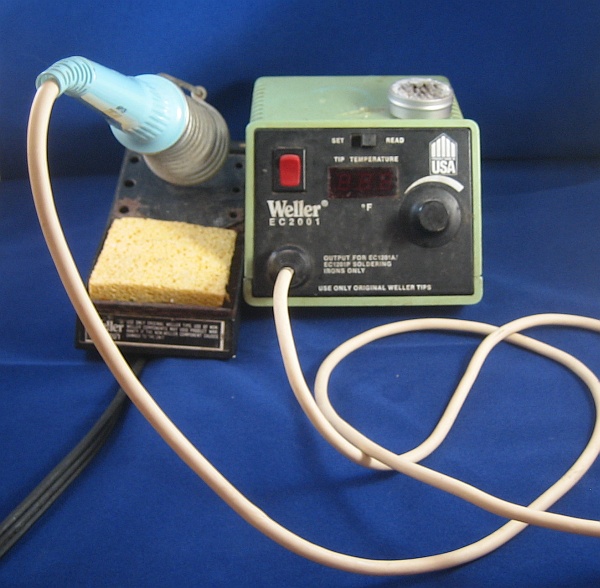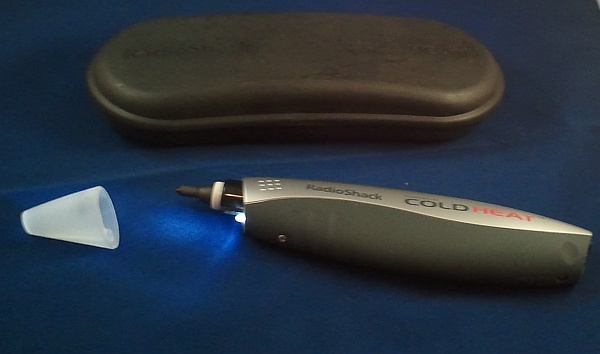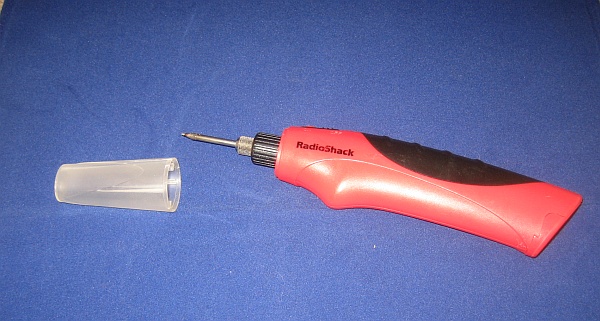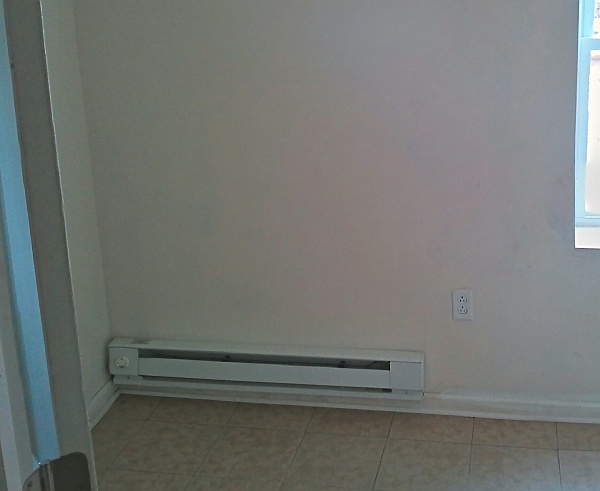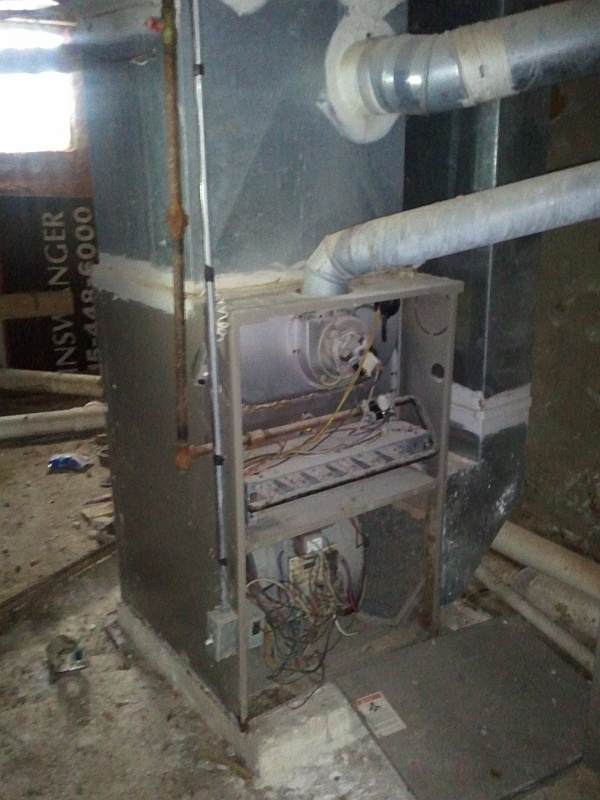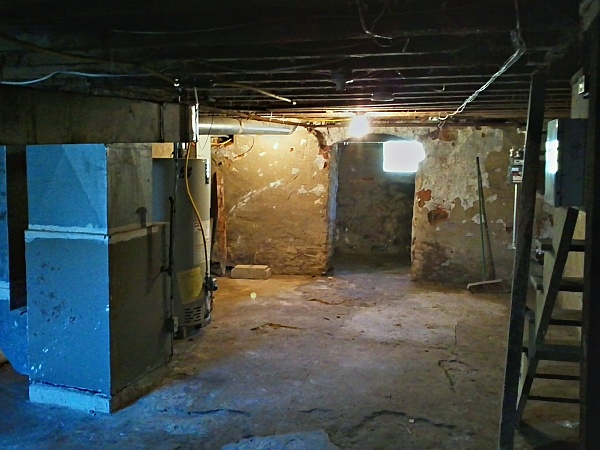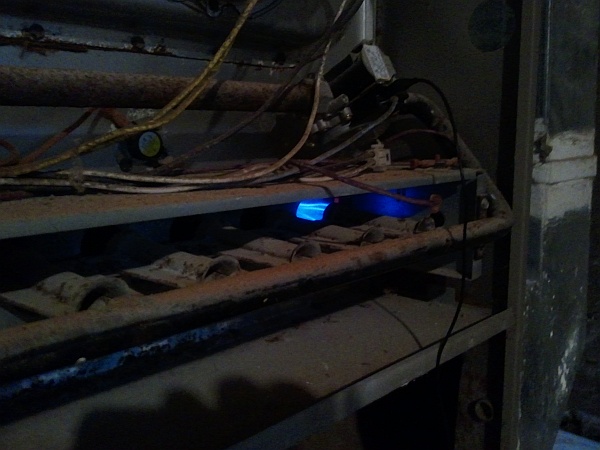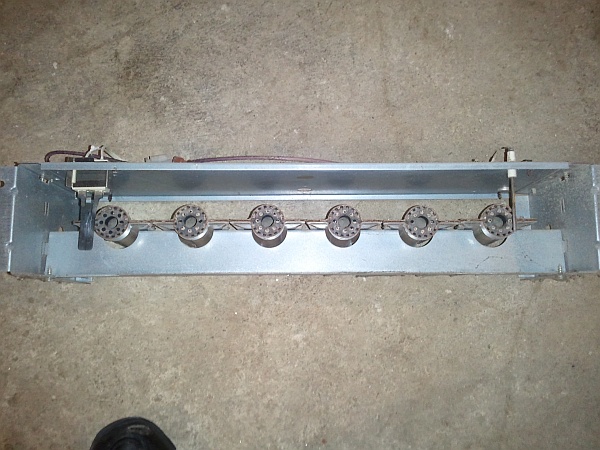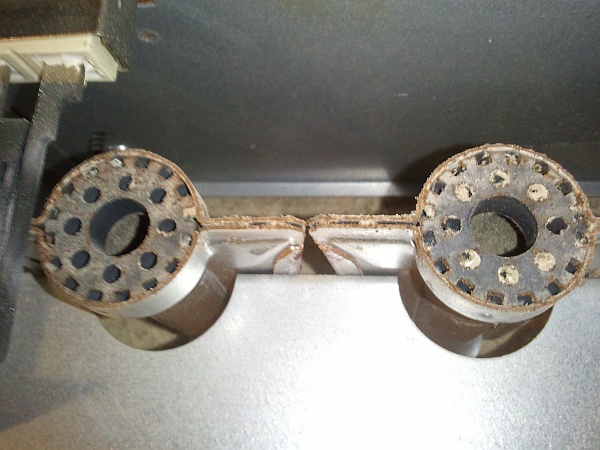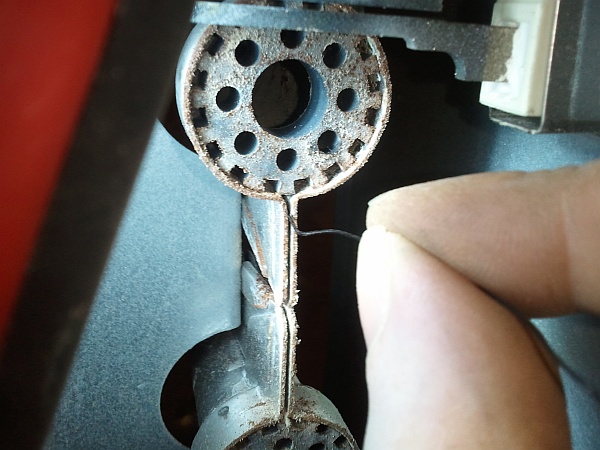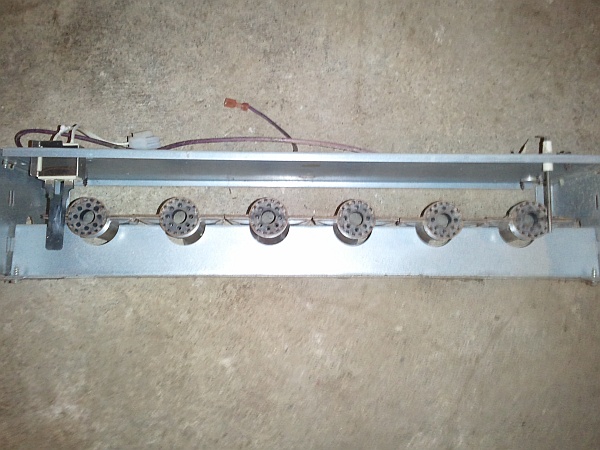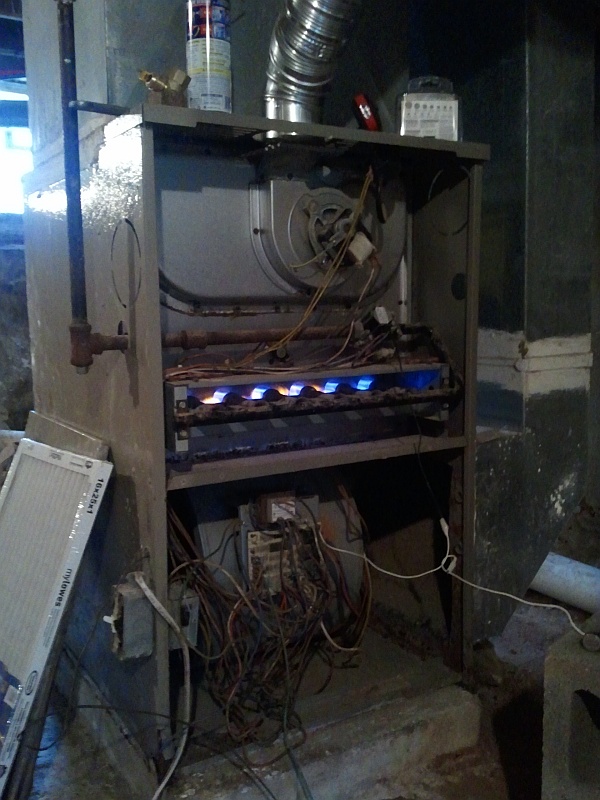When working on projects in the lab, my choice of soldering solution is usually pretty easy: I just use my Weller EC-2001 temperature-controlled iron. The long, narrow tip that I use works well for the small devices that I typically solder, and the built-in thermostat allows for good control of tip temperature.
When working on projects away from the lab workbench, though, there are several choices of soldering tool available. Unfortunately, none of them are a perfect fit for all situations, but several of them are versatile enough to be quite useful.
Here are several soldering tools I’ve used in the field, along with some of my thoughts on each…
Weller desk iron
This is my go-to soldering iron for my workbench, since it works very well for nearly all of the soldering jobs that I do (everything up to, say, 16-gauge wire or so.) Unfortunately, it’s a real pain to disentangle it from my workbench, lug it to the project site, and find a solid source of AC power for it. Unless I plan to do a lot of soldering near an AC outlet, I leave it on the bench. I got this in pieces at a hamfest years ago (found the base at one table, and the iron at another), so I got the whole thing for about $30 or so. If I’d known how easy the right iron makes soldering, I would have bought one at retail price long ago!
Butane iron
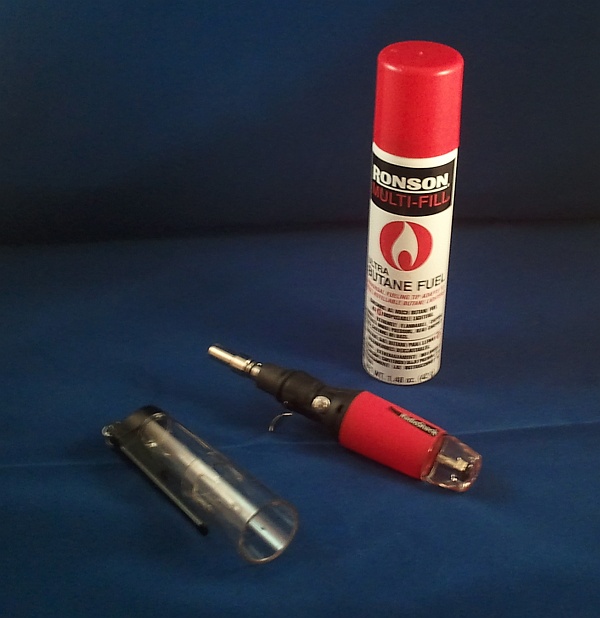
A butane-powered soldering iron / blowtorch. Good for larger jobs, but can easily cook smaller components.
This one is pretty handy. Unlike the other irons, it works by butane combustion: a pilot flame is lit which burns itself out as the mantle comes up to temperature. The iron can be throttled (by which I mean it can be throttled anywhere from “quite high” to “insane.”) It’s the 800lb gorilla of my soldering solutions — lots and lots of power, but it can very easily cook fragile chips before it even gets close enough to solder them. I carry this one along as well, but I tend to use it on larger projects (where it works extremely well.) I’ve been known to use the butane iron in my lab, too, for larger jobs not suited to the Weller iron. Keep a lighter handy, though: the built-in lighter wheel doesn’t always work well.
ColdHeat iron
Several years ago, I saw an ad for a new kind of battery-powered soldering iron which seemed to almost work without heat (I.E. the tip cooled down very quickly, making the tool inherently a lot safer than most.) I thought this was a cool idea, so I bought one. Roughly ten years later, I still have yet to figure out how to make the damn thing reliably solder anything — small or large. In addition, the electrical arcs that it sometimes emits are very worrisome to someone like me who often works with ESD-sensitive devices. I still have it and try it again every so often, hoping that I’m just doing it wrong. So far, no luck. I’m beginning to think it’s just a gimmick.
Radio Shack battery-powered iron
After the very frustrating experience I had with the ColdHeat iron, I almost didn’t buy this one. I mean, come on — a $20 portable soldering iron, small enough to fit in my toolbox, which works on four AA batteries??
I’m very glad I eventually decided to take a chance on it. It is easily the second most versatile iron I have, even ignoring its portability. Only the Weller is better. Radio Shack’s tools are sometimes hit-or-miss with respect to quality, but they have a winner here. Its only real drawback is that it isn’t very powerful, but combined with the butane iron, it’s a great tool to have along.

